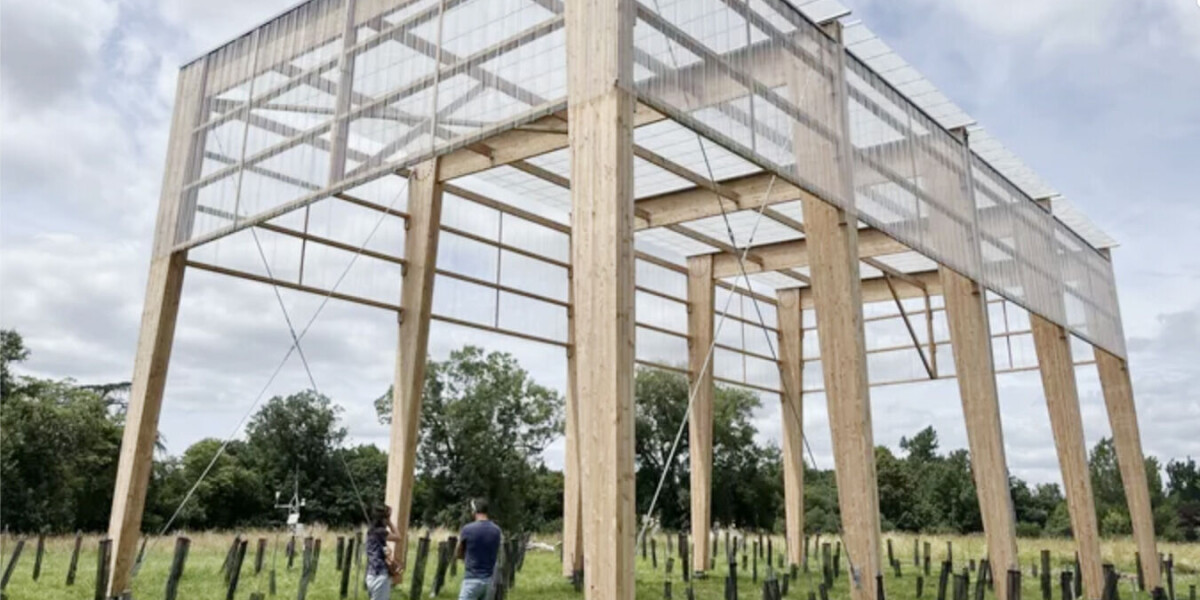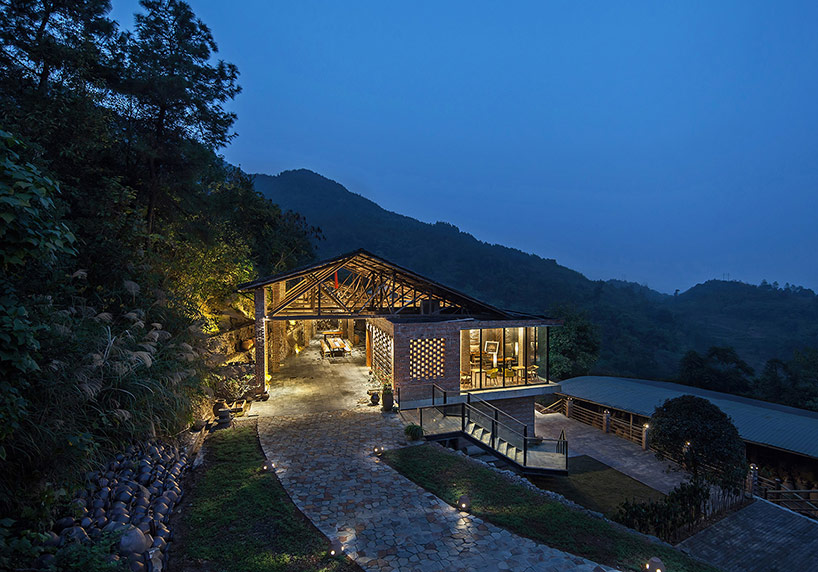
- Select a language for the TTS:
- UK English Female
- UK English Male
- US English Female
- US English Male
- Australian Female
- Australian Male
- Language selected: (auto detect) - EN
Play all audios:
A DECADE-LONG STUDY AIMS TO CULTIVATE DROUGHT-RESISTANT MARITIME PINES IN EUROPE'S LARGEST FOREST, ADAPTING TO A DRIER FUTURE A 10-year experiment is about to start near Bordeaux to
select a new generation of maritime pine trees able to resist drought. Maritime pine trees make up most of the vast Landes forest, the largest in Europe, which stretches down from Bordeaux
to the Basque Country. It was created in the 19th century, when geologists and engineers discovered how to drill through a relatively thin layer of rock and drain the swamps which used to
cover the region. “The pines planted in the former swamps, were all maritime pine species which were found in the area,” said Dr Sylvain Delzon, a researcher with the INRAE state research
agency, who also runs his own laboratory at the University of Bordeaux. In around 1960 a second generation of trees were planted, developed by researchers for their fast growth and straight
trunks, and then a third generation, with improved growth and straightness. Read more: Drought, floods: French communes find insurance contracts cancelled “We will be looking for
characteristics which will enable trees to grow and resist drought, because all the forecasts are that the region will be up to 60% dryer in the next 50 years.” LIMITED RAIN EXPERIMENT
During the experiment, eight different variations of maritime pine trees will be monitored in an open-sided structure with a roof, which closes automatically after 10 minutes of rain.
Plexiglass shields have been dug into the ground around the structure to limit rain runoff and the amount of water getting into the planting plot through capillary action. “We estimate that
the conditions in the shelter mean that the trees will get 60% less rain than usual for the region, which will enable us to see how they react,” said Dr Delzon. The eight varieties have
already been tested in the lab, with trees from Portugal and from around Barcelona showing the best drought-resistant characteristics. “But until we have tests in the ground, we do not know
if the lab results will be replicated,” said Dr Delzon. He said maritime pines already in the forest were “incredibly resistant” to drought, with even very small, newly planted saplings
surviving recent heatwave and drought episodes. Read more: Crisis unit set up as parasite ravages pine trees in south of France STORM AND FIRE RISK TO TREES The pine forests, which were an
important source of resin for turpentine until around 40 years ago when production moved mainly to Asia, are now harvested every 50 years. The wood is mainly used for wood pulp for paper, in
insulation boards or for biomass fuel. Originally a 60-year harvest cycle was the norm, but owners have cut that by a decade to reduce the risk of mature trees being lost in storms and
fires. Other varieties of pine from different areas are more suitable for building, but maritime pine from the Landes is sometimes used for panelling in houses, where the knots in the wood
give a rustic finish to a room. The large fires south of Bordeaux in 2022 were the worst since 1949, but Dr Delzon said it is likely that maritime pine will be used to replant the devastated
areas. “The soil in the region is very poor and sandy, and not many other trees can grow well in it,” he said. “I forecast that the forest will stay looking pretty much as it is for a long
time in the future.” While some people find the long stretch of pine forests south of Bordeaux monotonous to drive through, it does provide inspiration for others. Former French prime
minister and presidential hopeful, Alain Juppé, who was mayor of Bordeaux, has written eloquently about getting off the main road and deep into the quiet forest on hot days, where the
perfume of the resin is “intoxicating”. Read more: Is France’s Canal du Midi doomed to lose its famous trees?





